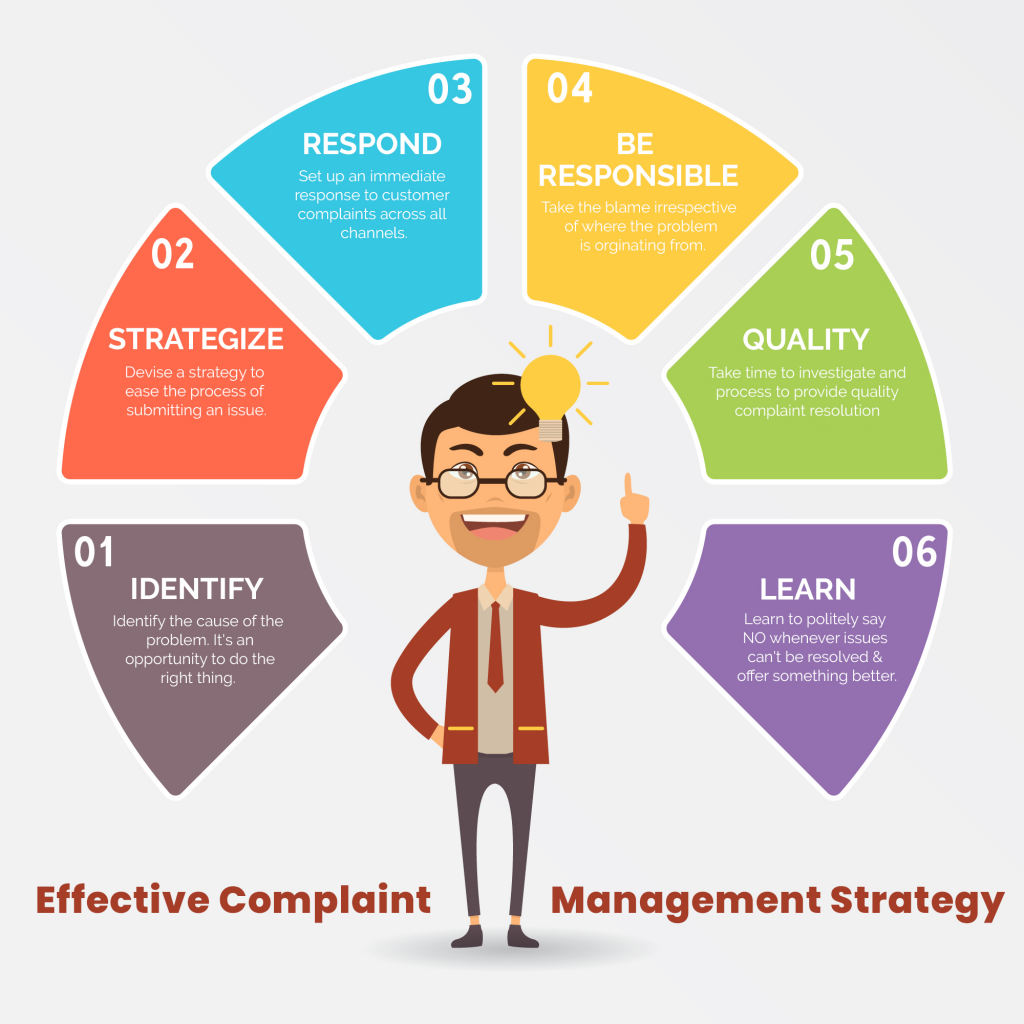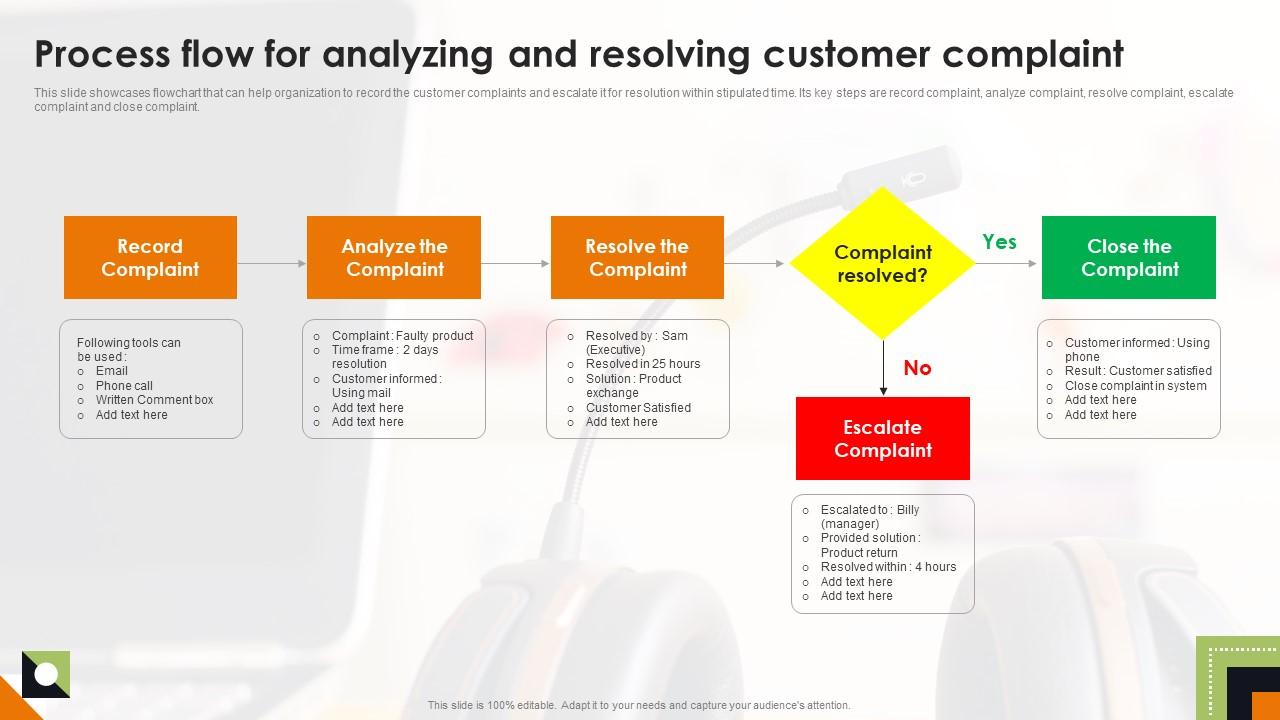Creating a Streamlined Complaint Resolution Process for Your Business

Creating a Streamlined Complaint Resolution Process for Your Business
Customer complaints are inevitable. No matter how great your products or services are, there will always be times when something goes wrong. The key is not to avoid complaints, but to handle them effectively. A well-designed complaint resolution process can transform a negative experience into an opportunity to build customer loyalty.
The Importance of a Streamlined Process
An efficient complaint resolution process offers numerous benefits:
- Improved Customer Satisfaction: Promptly addressing concerns shows customers you value their feedback and are willing to make things right.
- Increased Retention: Satisfied customers are more likely to return for future business.
- Enhanced Brand Reputation: Handling complaints professionally builds trust and strengthens your brand image.
- Valuable Insights: Customer complaints offer valuable data about potential product or service improvements.
Building Your Complaint Resolution Process:
- Establish Clear Channels: Make it easy for customers to submit complaints. Offer multiple channels such as email, phone, online forms, or live chat. Ensure all channels are well-documented and accessible.
- Acknowledge and Respond Quickly: Promptly acknowledging a complaint shows the customer you are listening. Aim to respond within 24 hours or even sooner.
- Gather Detailed Information: Encourage customers to provide detailed information about their issue, including date, time, product/service details, and desired resolution.
- Assign Responsibility: Create a clear system for assigning complaints to the appropriate team or individual responsible for handling the issue.
- Investigate Thoroughly: Thoroughly investigate each complaint to understand the root cause. This might involve internal investigations, product testing, or customer interviews.
- Offer Solutions: Based on the investigation, propose a solution that satisfies the customer. This could include refunds, exchanges, repairs, or apologies.
- Communicate Effectively: Keep customers informed throughout the process. Clearly explain the investigation, proposed solution, and timelines.
- Track and Analyze: Monitor complaint trends and analyze data to identify recurring issues. This information can be used to improve products, services, and internal processes.
- Follow Up: After the issue is resolved, follow up with the customer to ensure satisfaction. This demonstrates your commitment to their experience.
- Continuous Improvement: Regularly review and refine your complaint resolution process to ensure it remains efficient and effective.
Examples of Best Practices:
- Use a dedicated complaint management system: This can help you track and manage complaints, as well as analyze data to identify trends.
- Train employees on complaint handling: Ensure your team is equipped to handle complaints professionally and empathetically.
- Empower frontline staff: Give employees the authority to resolve complaints on the spot, whenever possible.
- Implement a satisfaction survey: Ask customers for feedback on the resolution process. This will help you identify areas for improvement.
Conclusion:
Creating a streamlined complaint resolution process is an investment in your business. By handling complaints effectively, you can transform negative experiences into opportunities to build customer loyalty and strengthen your brand reputation. Remember, a positive customer experience starts with a responsive and effective complaint resolution system.

